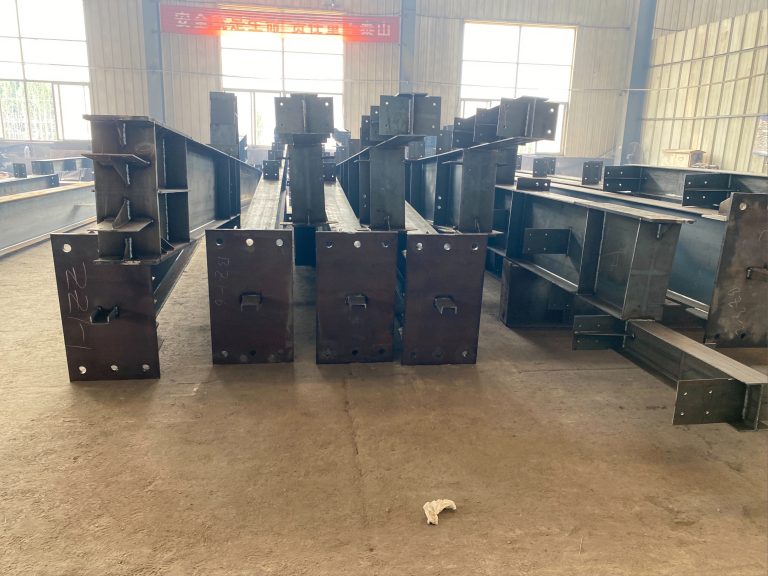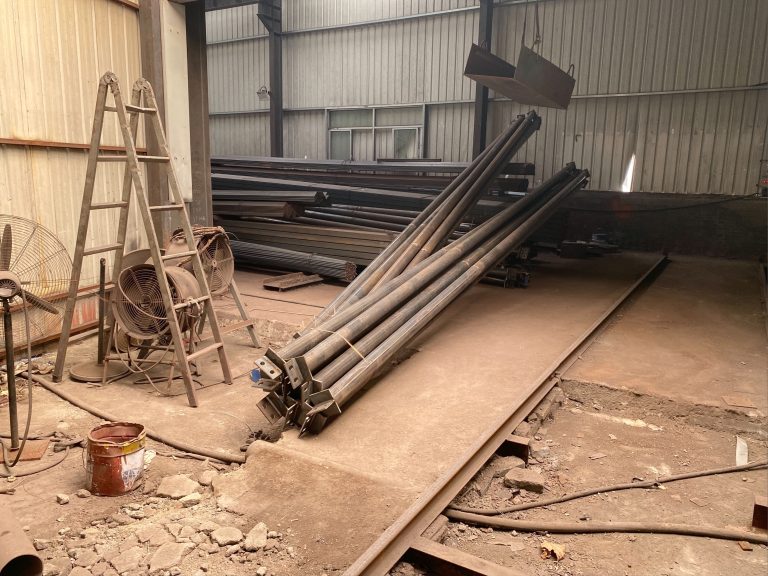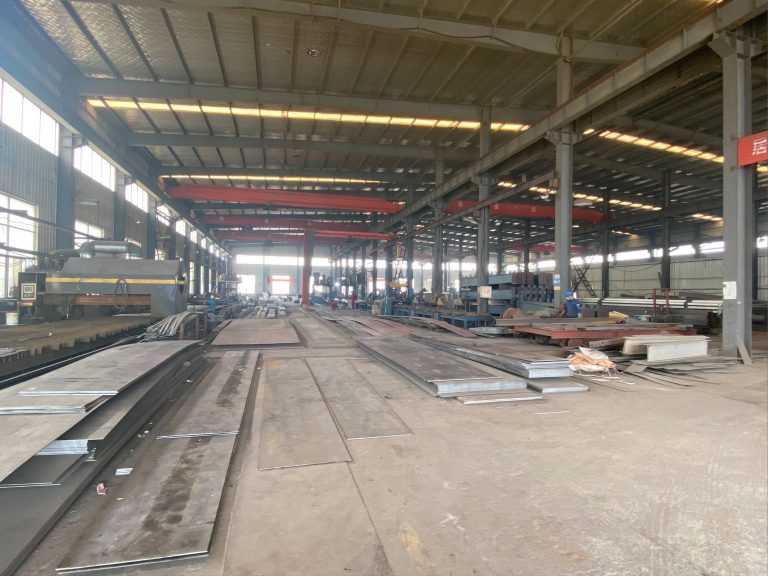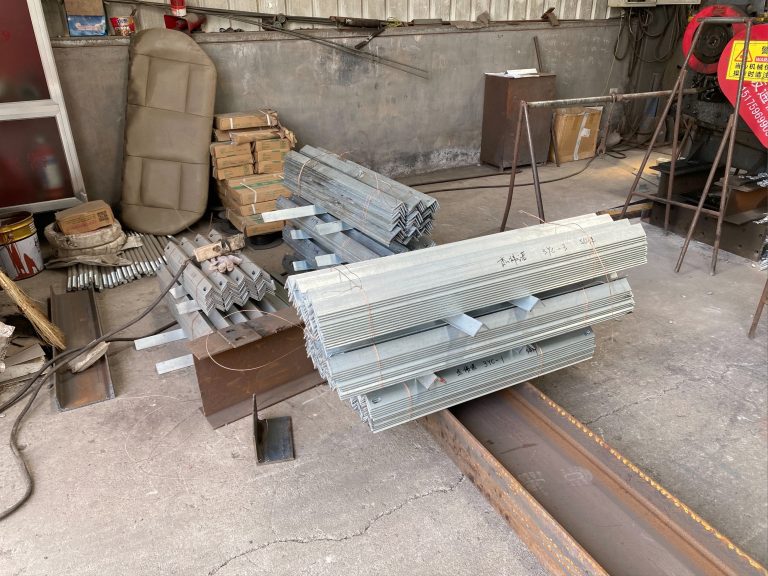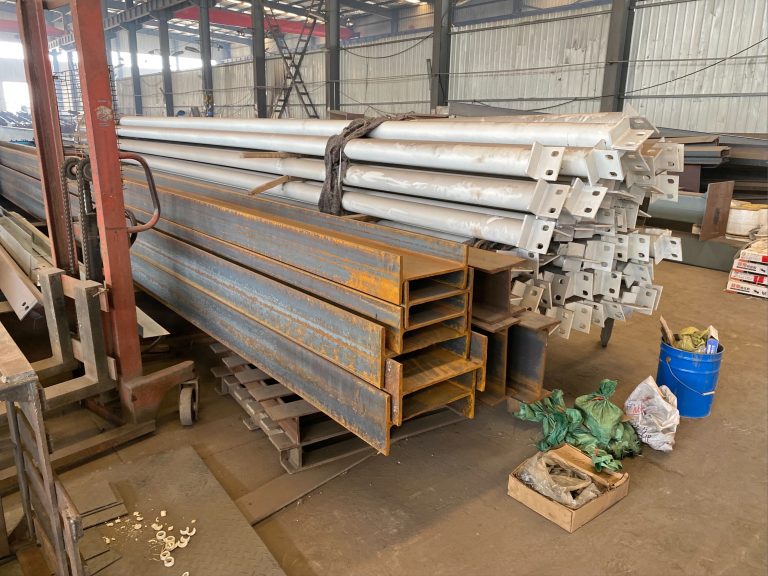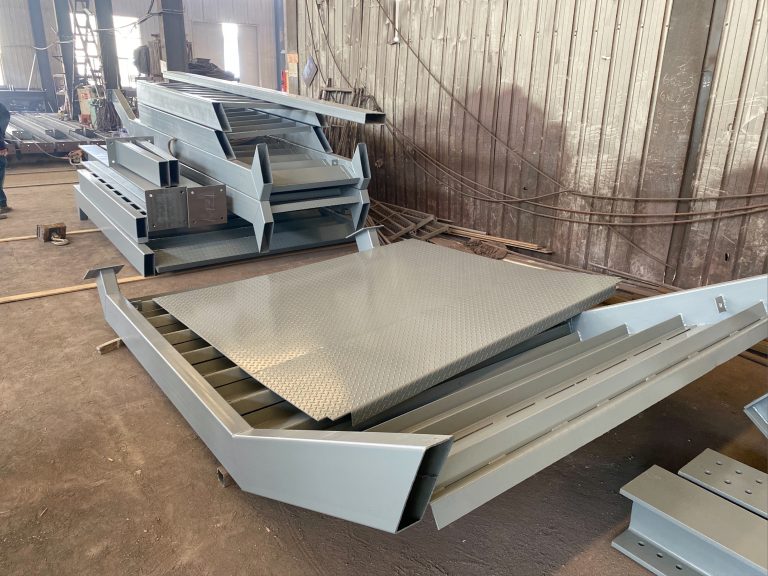Design and implementation of container house in temporary parking lot
Table of Contents
Benefits of Using Container Houses in Temporary Parking Lots
Container houses have become a popular choice for temporary housing solutions in various settings, including construction sites, disaster relief areas, and temporary parking lots. These structures are made from repurposed shipping containers, offering a cost-effective and sustainable alternative to traditional building methods. In this article, we will explore the benefits of using container houses in temporary parking lots and discuss the design and implementation considerations that come with this innovative housing solution.
One of the primary advantages of using container houses in temporary parking lots is their portability and ease of installation. These structures can be easily transported to the site and assembled in a relatively short amount of time, making them an ideal choice for temporary housing needs. Additionally, container houses can be stacked and arranged in various configurations to maximize space utilization in a parking lot setting.
Another benefit of container houses is their durability and weather resistance. Shipping containers are designed to withstand harsh conditions during transportation, making them well-suited for temporary housing in outdoor environments. With proper insulation and ventilation, container houses can provide a comfortable living space for occupants, even in extreme weather conditions.
In addition to their practicality, container houses offer a sustainable housing solution for temporary parking lots. By repurposing shipping containers that would otherwise be discarded, these structures help reduce waste and minimize the environmental impact of construction projects. Furthermore, container houses can be easily disassembled and relocated to another site, making them a flexible and eco-friendly housing option.
When designing and implementing container houses in temporary parking lots, there are several factors to consider. First and foremost, it is essential to assess the space available in the parking lot and determine the optimal layout for the container houses. This may involve stacking containers vertically or arranging them in a linear configuration to maximize space efficiency.
Additionally, it is crucial to consider the infrastructure requirements for container houses, such as access to utilities like electricity, water, and sewage. Depending on the duration of the temporary housing need, it may be necessary to install temporary utility connections or provide alternative solutions for basic amenities.
Furthermore, safety and security considerations should be taken into account when implementing container houses in a temporary parking lot. This may involve installing security measures like lighting, fencing, and surveillance cameras to ensure the safety of occupants and protect the property from theft or vandalism.
In conclusion, container houses offer a practical, durable, and sustainable housing solution for temporary parking lots. Their portability, durability, and eco-friendly design make them an attractive option for construction sites, disaster relief areas, and other temporary housing needs. By carefully considering the design and implementation considerations outlined in this article, container houses can provide a comfortable and secure living space for occupants in a temporary parking lot setting.
Design Tips for Container Houses in Temporary Parking Lots
Container houses have gained popularity in recent years due to their affordability, sustainability, and versatility. These structures, made from repurposed shipping containers, can be used for a variety of purposes, including as temporary housing solutions in parking lots. Designing and implementing a container house in a temporary parking lot requires careful planning and consideration to ensure that the structure is safe, functional, and aesthetically pleasing.
One of the key considerations when designing a container house in a temporary parking lot is the layout and orientation of the structure. The placement of the containers should take into account factors such as sunlight exposure, wind direction, and access to utilities. By carefully positioning the containers, you can maximize natural light and ventilation, as well as create a comfortable living space for occupants.
In addition to the layout, the design of the container house should also consider the insulation and climate control of the structure. Shipping containers are made of metal, which can make them prone to extreme temperatures. To ensure that the container house is comfortable year-round, it is important to insulate the walls, roof, and floor of the structure. This can help regulate the temperature inside the container and reduce energy costs associated with heating and cooling.

When it comes to the interior design of the container house, creativity and innovation are key. Despite their small footprint, container houses can be designed to maximize space and functionality. Consider using multi-functional furniture, such as fold-down beds and tables, to make the most of the limited space. Additionally, incorporating storage solutions, such as built-in cabinets and shelves, can help keep the interior organized and clutter-free.
Another important aspect of designing a container house in a temporary parking lot is the exterior aesthetics of the structure. While shipping containers have a distinct industrial look, there are many ways to enhance the appearance of the container house. Consider painting the exterior in a bold color or adding cladding materials, such as wood or metal, to create a more visually appealing facade. Landscaping around the container house can also help soften the industrial feel and create a welcoming outdoor space for occupants.
In terms of implementation, constructing a container house in a temporary parking lot requires careful coordination and planning. Before beginning construction, it is important to obtain any necessary permits and approvals from local authorities. Additionally, working with experienced contractors and architects can help ensure that the project is completed safely and efficiently.
Throughout the design and implementation process, it is important to prioritize sustainability and environmental responsibility. By using repurposed shipping containers, you are already taking a step towards reducing waste and promoting sustainability. Consider incorporating eco-friendly materials and energy-efficient systems into the design of the container house to further minimize its environmental impact.
In conclusion, designing and implementing a container house in a temporary parking lot requires careful planning, creativity, and attention to detail. By considering factors such as layout, insulation, interior design, exterior aesthetics, and sustainability, you can create a functional and visually appealing structure that meets the needs of its occupants. With the right approach, a container house in a temporary parking lot can provide a cost-effective and sustainable housing solution for a variety of applications.

